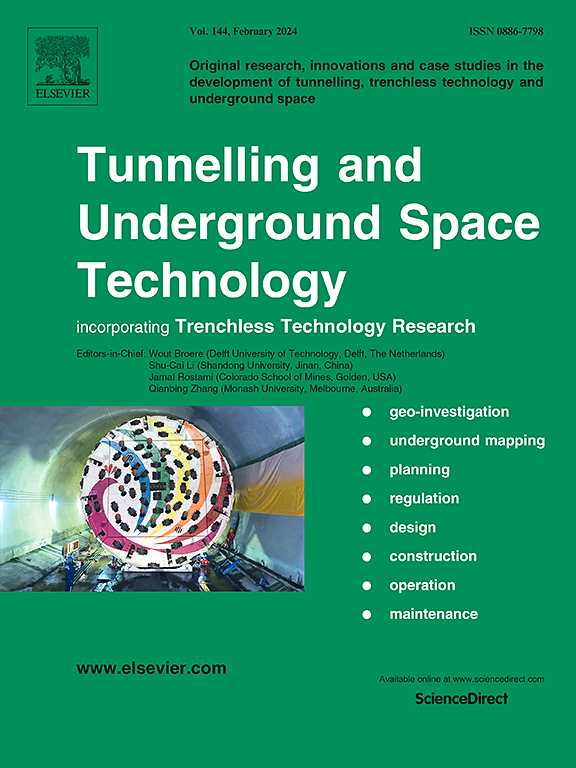Experimental and numerical investigation into effect of vortex fields on flame plume behavior and smoke temperature distribution in tunnel spill fires
IF 6.7
1区 工程技术
Q1 CONSTRUCTION & BUILDING TECHNOLOGY
引用次数: 0
Abstract
The study of vortex structures is instrumental in elucidating the flame behavior and smoke dispersion mechanisms during tunnel spill fires. This work combines numerical simulations with experimental analysis to investigate the flame plume behavior and ceiling temperature distribution throughout both the diffusion and stable stages of spill fires, with a particular emphasis on the temperature-flow field, velocity-flow field and vorticity field. The findings indicate that the interaction of cold air and hot smoke generates unstable vortex structures, which subsequently affect the flame morphology. During the diffusion stage, the vortex structures tear the flame, resulting in bifurcation behavior. In contrast, in the stable stage, the diminishing vortex structures allow the flame to stabilize and merge. From the diffusion to the stable stage, the flame oscillation frequency gradually decreases and approaches a constant value, primarily due to the deflection of the flow field at the flame root and the heat exchange between the hot smoke and cold air, a predictive model for the flame oscillation frequency throughout the entire process has been developed. Ceiling temperature variations are influenced by the combustion process, leading to the establishment of models for maximum temperature rise and longitudinal temperature attenuation over the entire process. During the diffusion stage, increased turbulence from vortex structures gradually elevates ceiling temperatures. Conversely, in the stable stage, the disappearance of vortex structures near the ceiling results in no significant changes in ceiling temperature. In the high vorticity zone, there is a pronounced rise in ceiling temperature, whereas in the low vorticity zones, the mixing of hot smoke and cold air tends to reach equilibrium, resulting in a gentler temperature increase.
求助全文
约1分钟内获得全文
求助全文
来源期刊

Tunnelling and Underground Space Technology
工程技术-工程:土木
CiteScore
11.90
自引率
18.80%
发文量
454
审稿时长
10.8 months
期刊介绍:
Tunnelling and Underground Space Technology is an international journal which publishes authoritative articles encompassing the development of innovative uses of underground space and the results of high quality research into improved, more cost-effective techniques for the planning, geo-investigation, design, construction, operation and maintenance of underground and earth-sheltered structures. The journal provides an effective vehicle for the improved worldwide exchange of information on developments in underground technology - and the experience gained from its use - and is strongly committed to publishing papers on the interdisciplinary aspects of creating, planning, and regulating underground space.
 求助内容:
求助内容: 应助结果提醒方式:
应助结果提醒方式:


